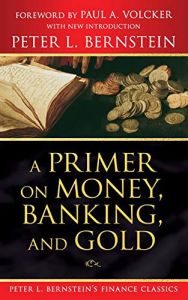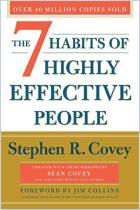
Read or listen offline
Recommendation
Peter L. Bernstein’s classic, originally published in the mid-1960s, provides a learned, generally accessible explanation of the workings of the American monetary system. Of course, some of the information is quite out-of-date, but you’ll understand that as you read. For example, the author speaks extensively about the importance of gold in international finance – yet gold has not really mattered since 1971. Moreover, the book came out before history taught the lessons of the 1970s, 1980s and 1990s, not to mention the financial crisis that began in 2008. Former Fed Chair Paul Volcker’s foreword and Bernstein’s new introduction acknowledge these time lags. The last quarter of the 20th century saw a very extensive reshaping of the financial system, including the creation of new financial entities and even new forms of money, so this primer is less useful and informative than it may have been when new. Nonetheless, getAbstract finds that Bernstein’s explanation of the fundamental workings of the Federal Reserve and of the role of commercial banks in the monetary system remains lucid and well worth reading.
Take-Aways
About the Author
Peter L. Bernstein is founder and president of Peter L. Bernstein, Inc., established in 1973 as publishers of Economics & Portfolio Strategy and as consultants to institutional investors around the world. He also is the author of 10 books.





















Comment on this summary or Start Discussion